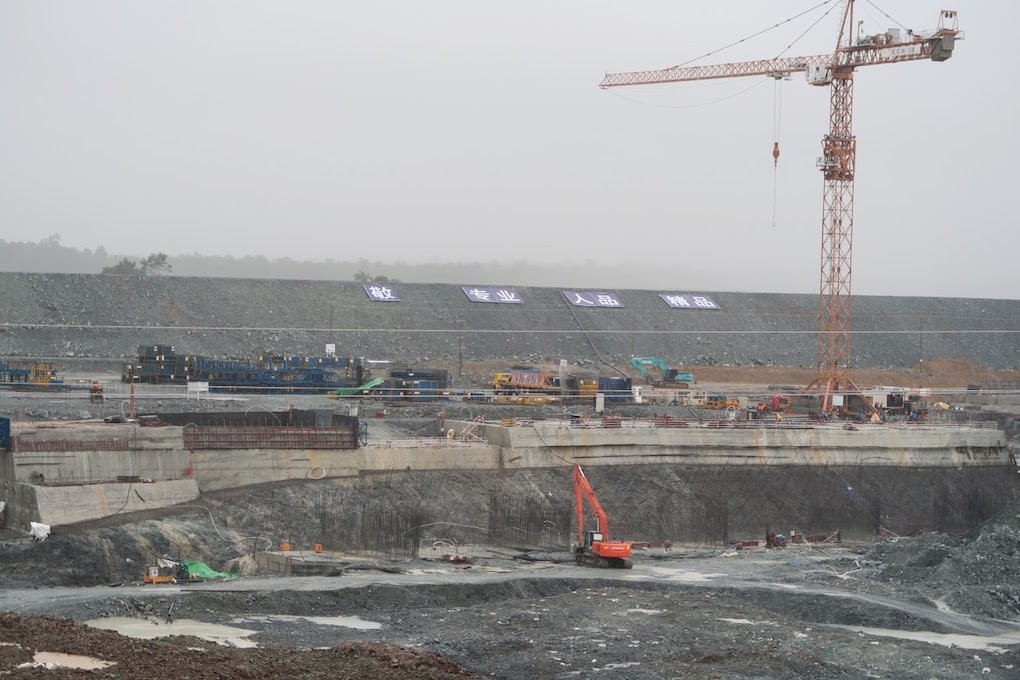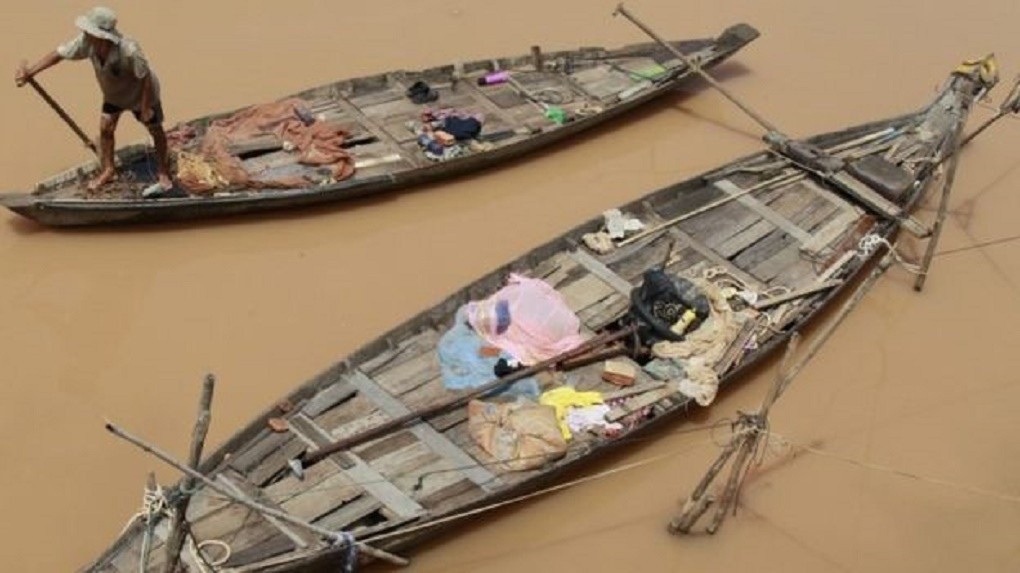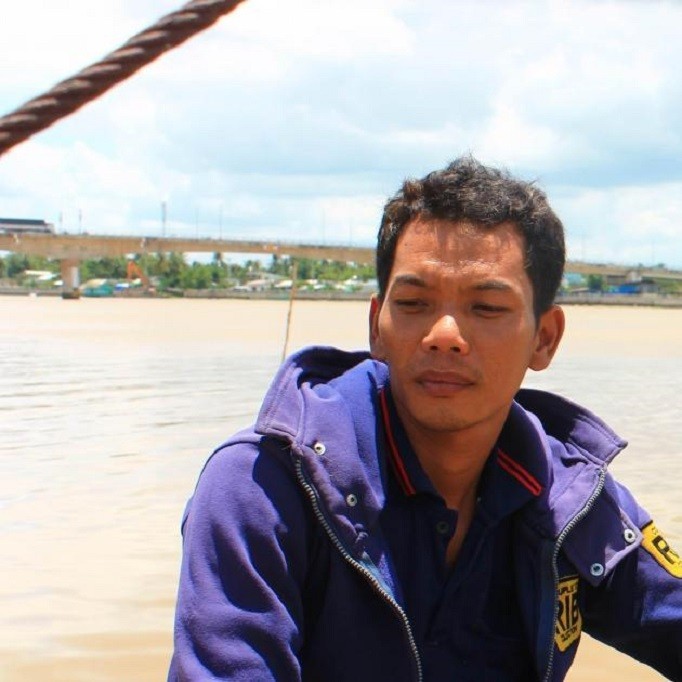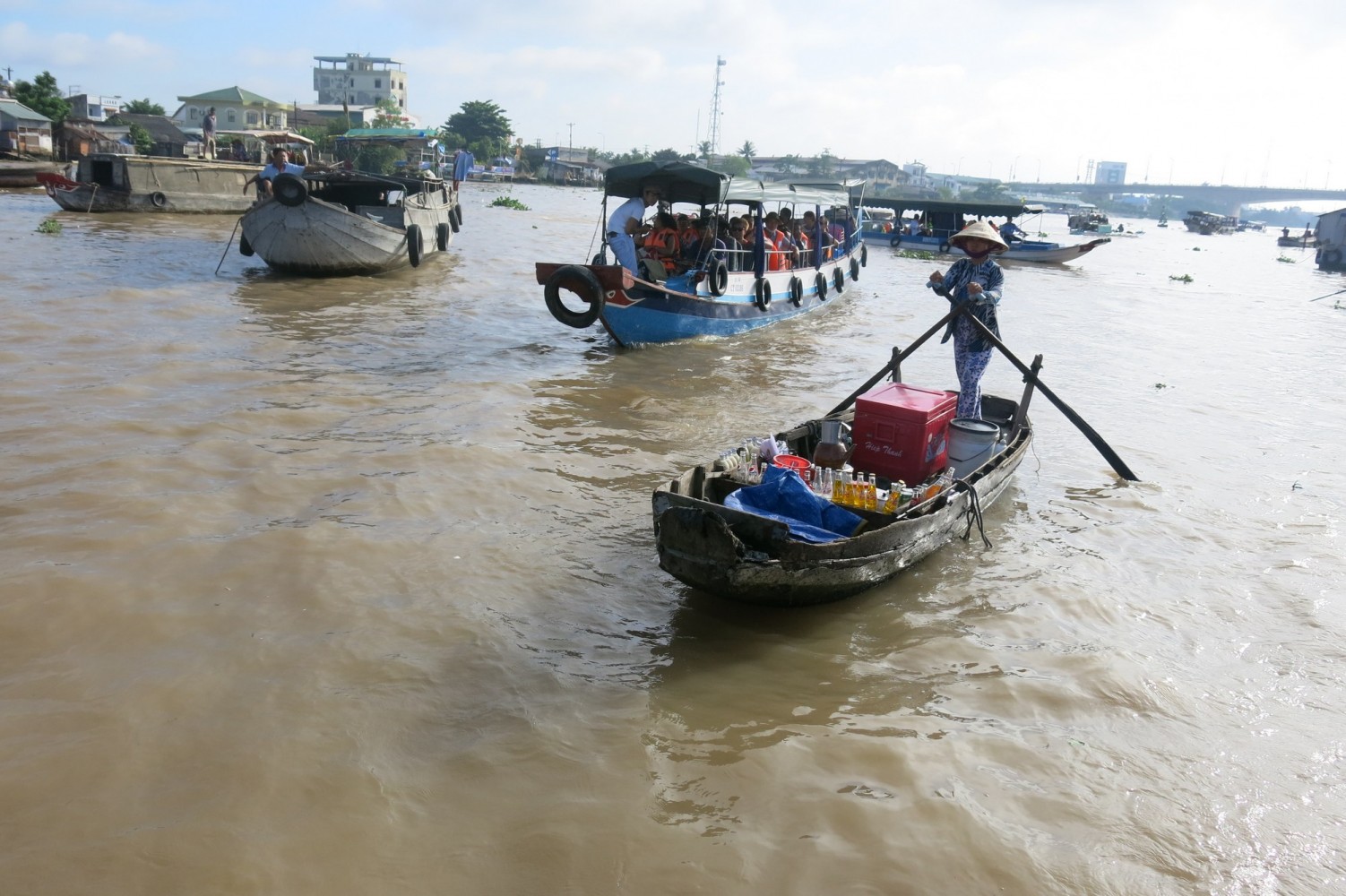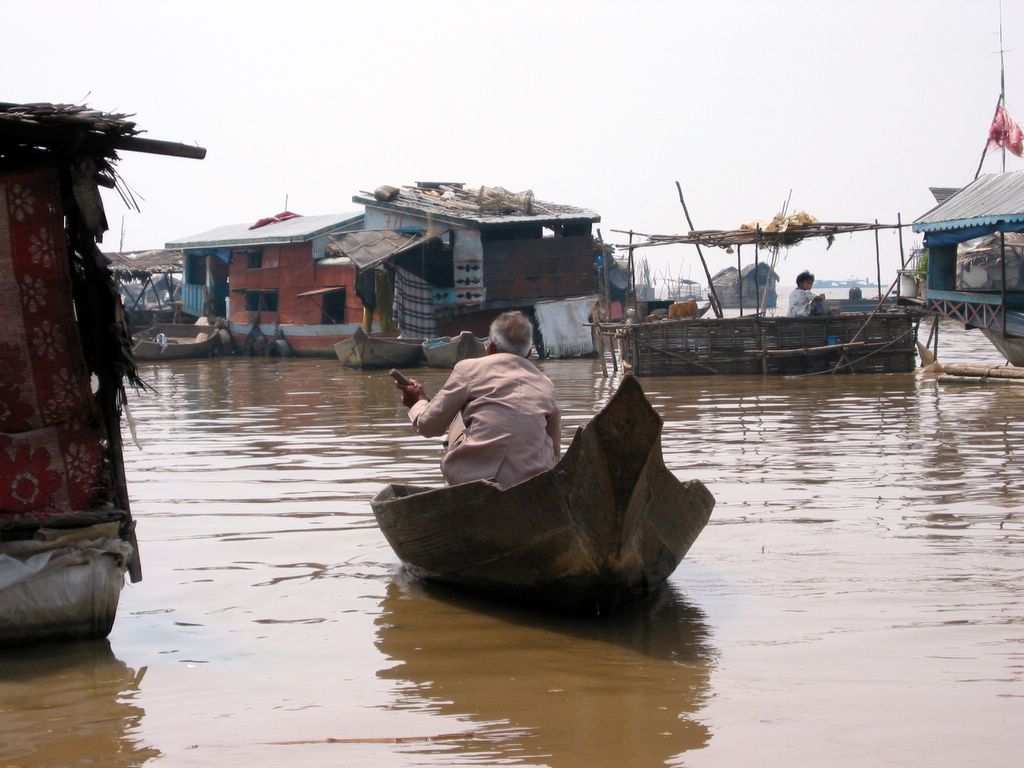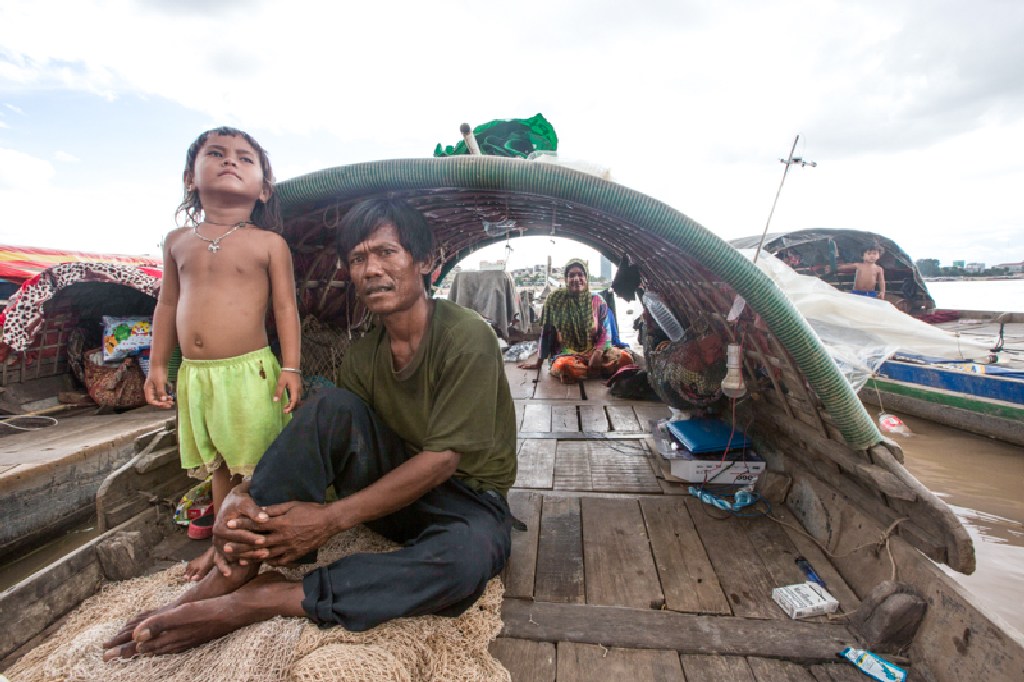More than 90 percent of people affected by the $800 million Lower Sesan II hydroelectricity project want the government to halt construction of the dam and the area turned into one of the world’s largest eco-tourism reserves, a survey released yesterday by the NGO Forum found.
One of the survey’s authors, Kem Ley, who is also a political analyst, said the compensation and resettlement process was inconsistent and lacked transparency and the whole project was undermined by the lack of community consultation from the beginning.
“About 93 percent of those affected demand the government cancel the construction project because they don’t want to lose their culture and their burial and spiritual lands,” he said.


